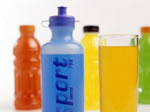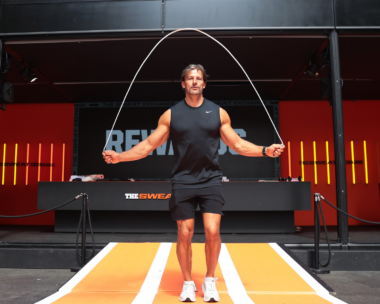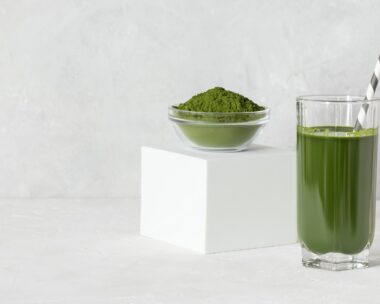A race such as the Forster Ironman Triathlon places huge demands on your body physically and emotionally. As well as dehydration, the key challenge your body faces is carbohydrate depletion. That’s why it’s essential to plan ahead and adjust your diet just before the big event.
Three days before
Muscle glycogen stores will be challenged during an ultra-endurance event such as Forster. In fact, about 90 minutes into the race your glycogen stores could become depleted. To overcome this problem and delay fatigue, it is essential to carbohydrate load. This regime can double your muscle glycogen stores and enhance your performance. Studies have shown that the greater the glycogen stores initially, the longer exercise can be sustained.
Carbo-loading should commence three days prior to the race, at which time you should taper your training, to minimise glycogen use. You will also need to significantly increase your intake of carbohydrate to 70-80% of your total kilojoule intake, and drink plenty of fluids as well.
The day before
The day before the race, you should reduce the amount of fibre in your carbohydrate-loading diet to prevent any gastrointestinal distress during the race. For instance, replace wholemeal/wholegrain breads and cereals with white varieties, include more easily digestible carbohydrates such as glucose confectionary and jelly and use high carbohydrate drinks.
The morning of
With the race starting so early, it is important to plan your pre-race schedule carefully, and in advance. Your pre-race meal should be eaten approximately 2 hours prior to the race start, allowing it time to digest. This may mean that eating is your first priority upon rising.
For your pre-race meal, choose carbohydrate-rich foods like canned fruit and yogurt to top up your liver glycogen stores and blood sugar levels. This meal should also be low in fibre to prevent gastrointestinal distress, as well as being low in protein and fat as these take longer to digest and do not contribute to glycogen stores.
Some triathletes may feel too nervous to eat before the race. If this is the case, choose a liquid meal supplement like Sustagen Sport. These are very easy to digest and you will probably find it easier to drink than to eat solid foods if you have butterflies or an upset nervous stomach.
During the race
Hopefully you have started you race well hydrated and well fuelled. The next step is to top up your fluids and fuel as you power through the event. On average you need around 50g of carbs an hour and depending on the weather and whether you are a heavy sweater or not, you could need around 1 litre of fluid an hour. This is where sports drinks are very useful because they can top up your carbs as well as electrolytes (salts) and fluid.
Recovery
Just when you thought it was all over and you could finally celebrate, you need to think about recovery. To help you recover from this gruelling event you need start the recovery process as quickly as possible. You need some protein to help repair the muscles as they’ve worked extremely hard over many hours. You also need to replenish your energy stores, re-hydrate and replace the salts that your body has lost. The problem is that you generally don’t feel like eating at all. Good recovery foods include sports drinks, glucose confectionary like jelly snakes, yogurt drinks, salted nuts or pretzels or even a simple cheese and vegemite sandwich.




